The definition of mindful eating according to the Center for Mindful Eating is as follows:
Mindful eating is allowing yourself to become aware of the positive and nurturing opportunities that are available through food selection and preparation by respecting your own inner wisdom. By using all your senses in choosing to eat food that is both satisfying to you and nourishing to your body, acknowledging your responses to food (likes, dislikes or neutral) without judgement, and becoming aware of physical hunger and satiety cues to guide your decisions to begin and end eating, you can change your relationship to food.
Like most things in life, mindful eating sounds fantastic on paper, but applying it is easier said than done. Read on for some simple and actionable tips to help put mindful eating into practice!
Remember that mindful eating might not always be possible, and that’s okay.
No, I don’t always eat mindfully. Sometimes I’m busy, and I have to scarf down my lunch. Sometimes I want to comfort myself with ice cream in front of the TV. Sometimes I eat beyond fullness because the cake is just so damn good. That’s okay! We’re humans with complex minds that drive our behaviors. We connect our eating experiences to emotions, social connections, and cravings, and thus sometimes eating is about more than just nutrition facts, flavors, and biological sustenance.
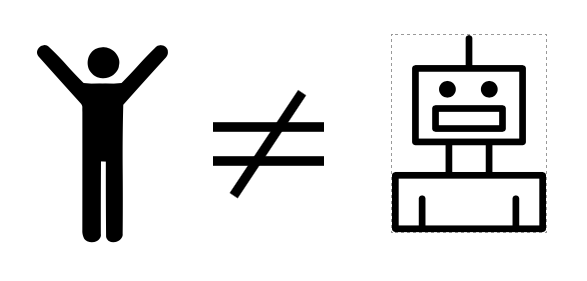
Smell your food before eating it.
Did you know that the most influential factor that goes into detecting a food’s flavor is its scent? You might have realized this if you’ve ever had nasal congestion due to a cold or seasonal allergy. Use this to your advantage — try smelling your food before chowing down.
Try using chopsticks.
Take a stab at using chopsticks instead of a fork or spoon. If you’re not the best at it, it will slow you down as you perfect your skills. Even those who have mastered the chopsticks still have to pick up smaller amounts of food and eat slower. Either way, chopsticks mean more time to appreciate the flavors, colors, and aromas of the meal.
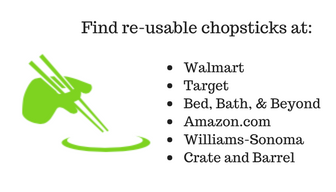
Try using smaller silverware.
Feeling skeptical about using chopsticks? Have a go at using a smaller fork or spoon next time you eat a meal (silverware sets often include two different sizes of spoons and forks for different eating purposes). Savor the smaller mouthfuls of food. Perhaps you’ll enjoy the flavors and aromas more or notice a feeling of fullness sooner than usual. Maybe even try taking it a step further by using a tasting spoon or fork.

Fully chew and swallow the present bite before taking another one.
I’m totally guilty of placing another spoonful of food into my mouth when I’m still in the middle of chewing the current one, especially with foods that don’t require much chewing (ice cream, yogurt, etc.). It takes a little extra focusing, but slowing down and fully appreciating the current bite can allow for more awareness around flavor, texture, and fullness cues.

Put down your eating utensils in between bites.
One action that helps with implementing tip #5 is putting down your fork, spoon, or chopsticks in between each bite. If the utensil isn’t readily there to scoop up more food, it will help prevent you from placing another bite in your mouth before you’ve finished the previous one.
Put away distractions.
Something else that I’m totally guilty of – distracted eating. Especially in college and during my dietetic internship when I wasn’t eating a sit down meal with friends or family, having the distraction of a TV show, podcast, or book was comforting. If you’re in the same boat, there’s no need (in my opinion) to completely eliminate distracted eating. Instead, try to make it a point to eat at least one meal or snack a day undistracted. Try it with a food that you often eat while distracted, like your nighttime snack in front of the TV. It’s amazing how foods you regularly consume taste more flavorful without distraction.
Read the food label.
You might know that oatmeal has a lot of fiber or almonds contain a lot of unsaturated fat. What else are these foods good for? Check out the food label for foods you often eat to see what vitamins and minerals they are providing in addition to just macronutrients. Maybe even do a little research to see what these nutrients do for your body, and think about that nutrition science next time you eat the food.
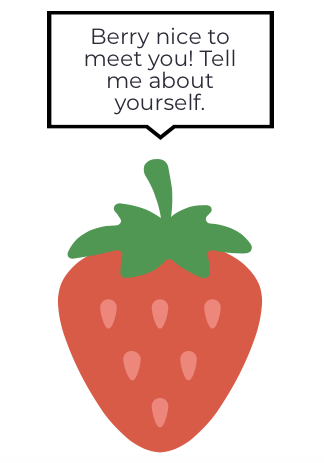
Check out your portion sizes.
As with most humans (myself included), you probably don’t measure out all of the food you eat. So — what are the recommended portion sizes of your favorite foods? Try eating the portion that’s listed the food label. Does this amount of food satisfy you? Do you need more to feel full, or do you feel full with less? Do you want to eat more because it tastes so good, or are your taste buds satisfied with just a few bites? Don’t feel guilty if the amount of food you choose to eat is different than what is recommended. You’re not a robot!
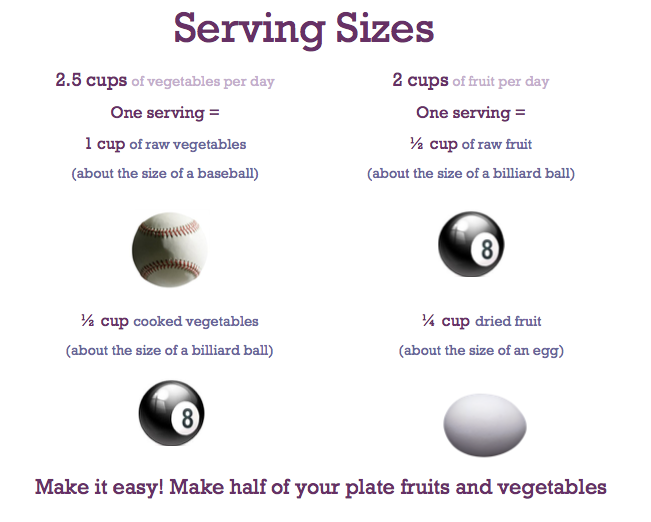
Spend a day (or a few days) recording your food intake along with a hunger scale.
Before eating a meal or a snack, take a moment to rate your hunger on a scale of 1-10, with 1 being famished and 10 being uncomfortably full. When you’re done eating, rate your fullness on the same scale. Maybe you’ll notice a pattern – like you tend to eat to a 9 if you wait until a 2 to eat, or you only eat to a 6 if you wait until you’re a 4 to eat. Use what you learned to help you key into your hunger and fullness cues to guide your eating times and amounts in the future.
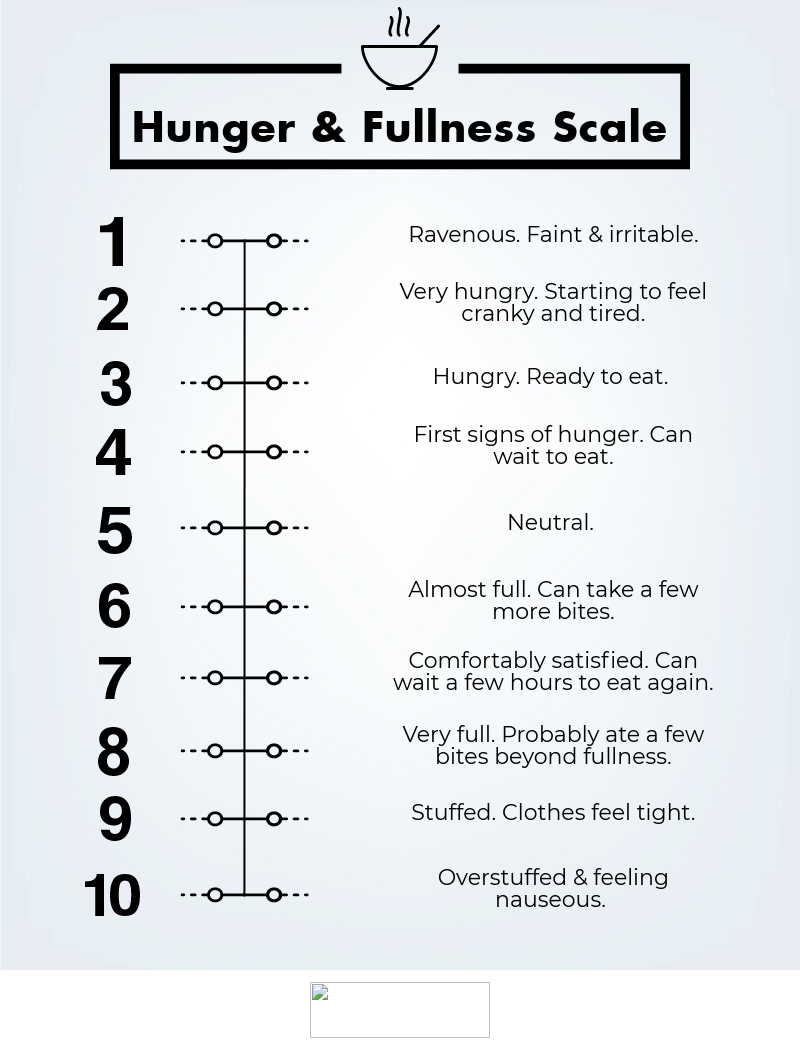
In the end, remember that mindful eating is not a diet. The goal isn’t to eat less or lose weight, but rather to be more in tune with hunger, fullness, flavor, and food preferences. Additionally, as tip #1 says, mindful eating probably won’t always be possible. That’s okay! Don’t try to be perfect about it. Just…try it.
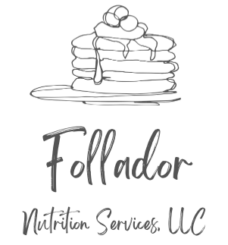
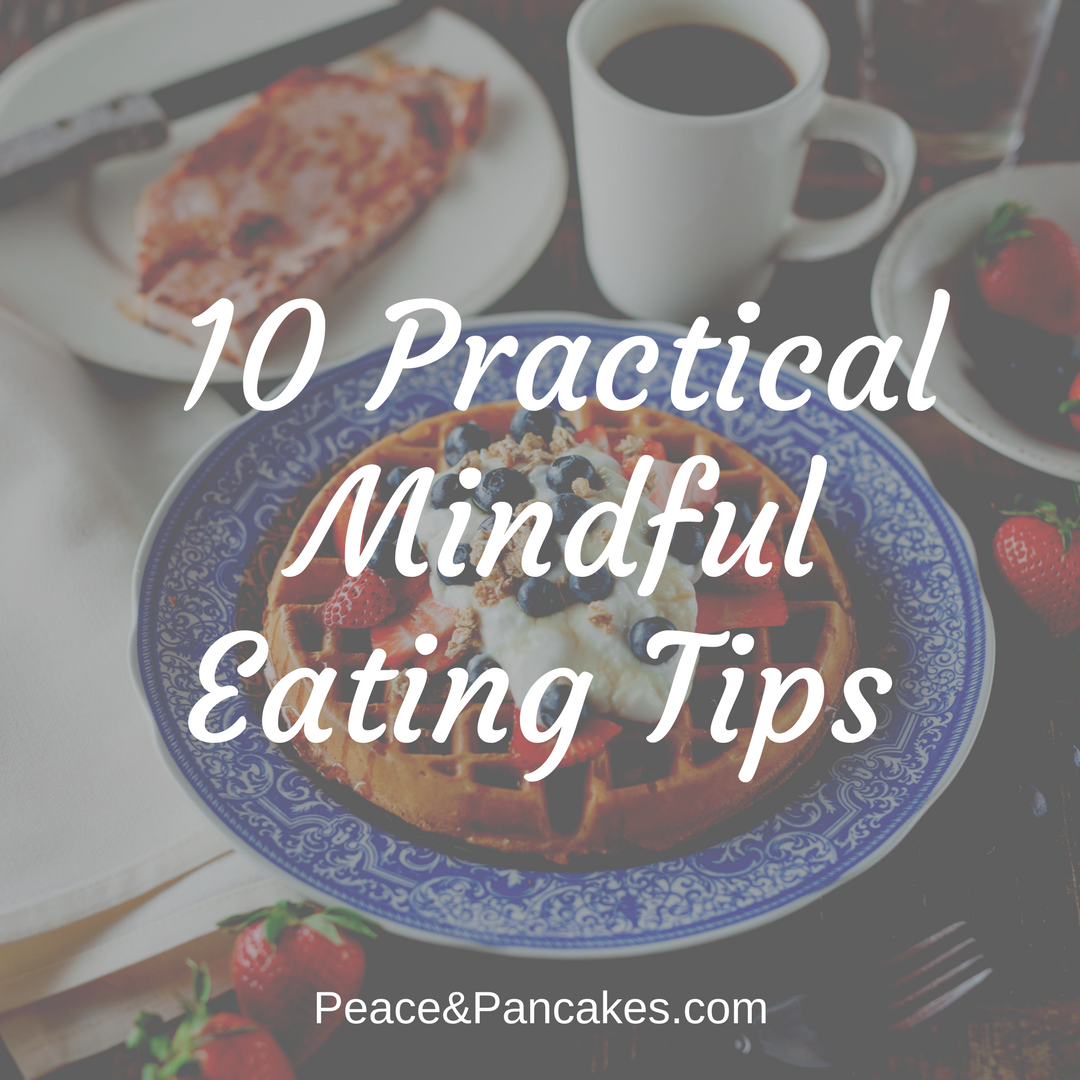
Pingback: Work with your Body to Enjoy your #HolidayEats, Guilt-Free – Peace & Pancakes
Pingback: Exploring Food Cravings – Peace & Pancakes
Pingback: To Try or Not to Try: Weight Watchers – Peace & Pancakes